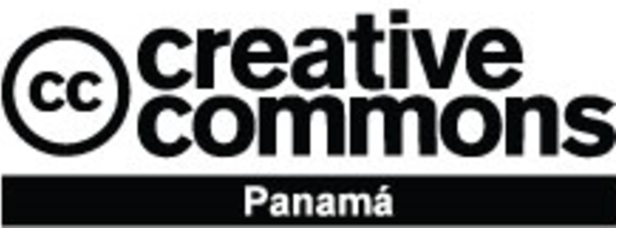The content of the publications and the links suggested in them are the sole responsibility of the authors and not of the Metropolitan University of Education, Science and Technology (UMECIT) or of the journal ORATORES. They are protected by international copyright laws as well as the logos of UMECIT AND ORATORES, hence their reproduction is totally prohibited.
This work is licensed under a Creative Commons Attribution-NonCommercial-NoDerivatives 4.0 International License.
The authors maintain the copyright and transfer the right of the first publication to the journal, with the article registered with Creative Commons Attribution-NonCommercial-NoDerivatives License, which allow others They can download the works published in this magazine and share them with other people, as long as their authorship is recognized, but they cannot be changed in any way nor can they be used commercially.
Authors are recommended to include their work in social networks such as Researchgate and institutional repositories once the article or visible fact has been published on the journal page, without forgetting to include the digital document identifier and the name of the journal.



Abstract
We understand distribution as the function that allows the transfer of products and services from their final state of production to that of acquisition and consumption, encompassing the set of activities or flows necessary to place the goods and services produced at the disposal of the final buyer (individuals or organizations). in the conditions of place, time, form and adequate quantity. It is the part of logistics, the commercial one, which refers to the external movement of finished products (or semi-finished products in the case of industrial products) from the seller (origin) to the client or buyer (destination), with the distribution channel being the that will allow such a connection. Indeed, physical distribution includes planning and controlling the physical movement of products from the factory to the final consumer. That is why logistics includes the planning and control of the relationships between the management of raw materials and the distribution of the finished product. Following this orientation, it seems clear that the concept of logistics is broader than that of physical distribution, and the latter would be an important part of logistics. By virtue of this, a distribution channel is the path followed by a product or service to go from the production phase to the acquisition and consumption phase. The path of a channel is formed by a variable number of more or less autonomous organizations, internal and / or external to the company, which maintain structures, behaviors and social relations in general, which result in the realization, with greater or lesser success. , of the various distribution functions. The organizations that make up the channel are called intermediaries, being distribution companies located between the producer and the final consumer. In this sense, the methodology used in this article will be based on theoretical analysis of repositories and documentary information that refers to the subject.
Keywords
References
Anaya, J. (2021). Logística Integral. La gestión operativa de la empresa. Madrid: Esic Editorial.
Armstrong, G., & Kotler, P. (2020). Fundamentos de Marketing. México: Pearson Educación.
Acosta, E. (2020). Administración Informática I. Análisis y evaluación de tecnologías de información. México: Grupo Editorial Patria.
Gonzalez, D. (2020). Logística Empresarial. Argentina: Universidad Nacional de Mar del Plata.
Castellanos, A. (2021). Logística Comercial Internacional. Colombia: Ecoe Ediciones.
Jaime, J. (2021). Finanzas para el marketing y las ventas. Como planificar y controlar la gestión comercial. Madrid: Esic Editorial.
Cristóbal, M. (2016). Gestión de logística y cadena de suministro (5ª ed.). Pearson Reino Unido.
Downloads
Publication Facts
Reviewer profiles N/A
Author statements
- Academic society
- Universidad Metropolitana de Educación, Ciencia y Tecnología
- Publisher
- Universidad Metropolitana de Educación, Ciencia y Tecnología



















